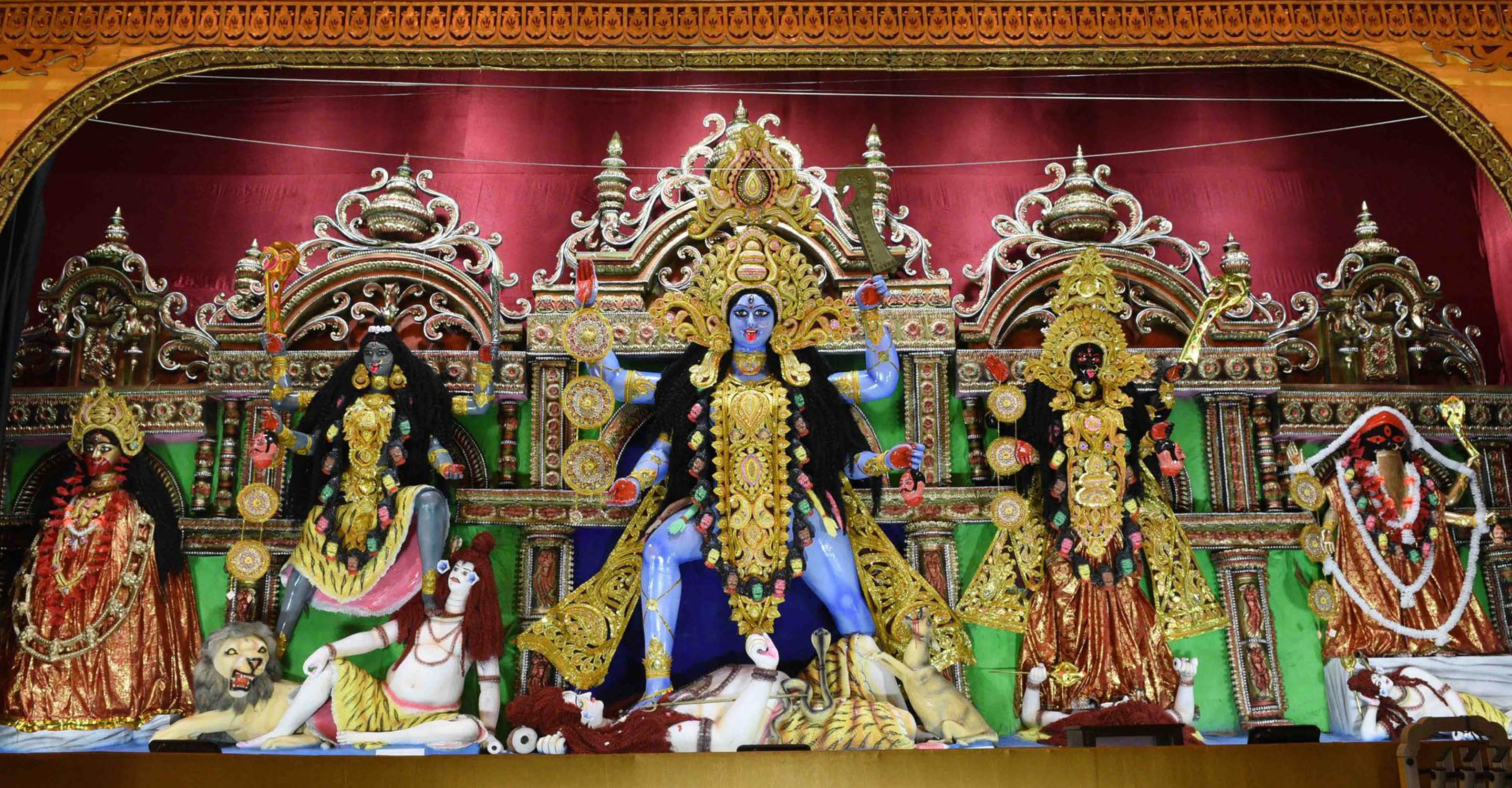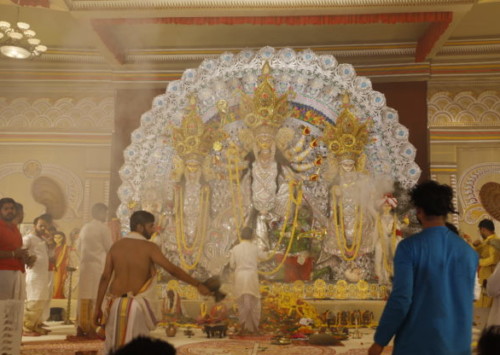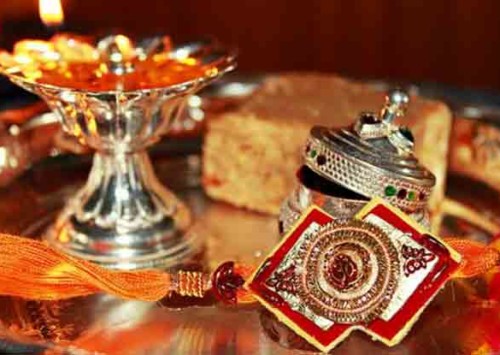Decoding Kali Puja in Bengal-the divine deity
After a break from the zeal and celebration of Durga Puja, Bengal prepares for the arrival of the deity of mind, body and soul. But why does Bengal celebrate Kali Puja (worshipping Goddess Kali), when India celebrates Diwali (the festival of lights)?
Kali Puja, every year, is celebrated on the new moon day of the Hindu month of Kartik (October-November). Her worship is prominent in Bengal, Assam and Odisha. Coinciding with the day of Diwali, it has been a ritual for the Bengalis as well as Assamese, Oriyas etc.
Who is Kali?
The word Kali is said to have emerged first in the Atharva Veda between 1200 BCE to 1000 BCE. It has been said that Kali comes from the word ‘Kala’ which means time. With her name mentioned in the Vedas, she represents the darkness of Agni. David Frawley describes her as “a personification of the feminine aspect of the fire sacrifice.” Her sacrificial aspect is evident in the garland of skulls she wears.
It is often said that Goddess Kali is the most misunderstood deity among the Hindu gods and goddesses. Her pictorial reference looks bizarre and vicious to anyone who sees her for the first time. She is seen standing with one foot on Lord Shiva’s chest, with her tongue sticking out but she is also seen as the mother of the universe, also referred as Shyama ma, Adya ma, Tara ma etc.
In her earliest appearances, Kali was frequently associated with violent endeavours on the battlefields of the gods. In the legendary battle with the demon Raktabija, each blood drops of his was manifesting into a clone of the demon himself expanding into a huge army. Kali defeated the demon and started devouring on his clones. She then began a terrible dance of victory and the world started to tremble. No one could stop her from her frenzy as she was too intoxicated to listen. All the deities turned to Lord Shiva in a desperate attempt to stop her. Shiva lied on the ground, pretending to be a corpse. Kali eventually stepped upon Shiva’s chest and out of shock and embarrassment bit her tongue out.
Despite her appearance and being called as the Goddess of Death, she is believed to bring the death of ego and self-centred, narcissistic qualities. She is seen as the mother of her devotees, caring for her son. Ramakrishna Paramhansa, Bama Khepa, Prahlad Chandra Brahmachari were some of her loyal worshippers, devoting their life to the goddess.
Kali is also seen to have developed a parallel interest towards tantric interests. In tantric meditation, Kali’s dual nature leads practitioners to simultaneously face the beauty of life and the reality of death, with the understanding that one cannot exist without the other.
Nrisingha Prasad Bhaduri, an Indologist and a specialist on Indian Epics and Puranas, says that the image of Kali being destructible is due to her relation with tantric rituals, but she is also the mother of all.
“We know her as Dakkhina Kali, who we call our Ma (Mother). The word Dakkhina itself means favourable and there is a taming sense in her,” says Bhaduri to Media India Group.
About Kali Puja
It wasn’t until 16th century the worship of Kali Puja in Bengal was introduced. “A scholar named Raghunandana in the 16th century, talked about worshipping Goddess Lakshmi and Kuber, on Deepanwita Amavasya, the day we celebrate Kali Puja today. Many people believe that it was tantric scholar Krishnananda Agamavagishawas, the one to introduce her worship to Bengal. So I don’t believe that it was that prominent back then, or else it would have been mentioned,” says Bhaduri.
The worship of Goddess Lakshmi and Lord Kuber, the deities of wealth and fortune prominent on Diwali, merged with the worship of Goddess Kali.
“Deepanwita Amavasya is originally the worship of Goddess Lakshmi. And that is how it was till 16th century in Bengal. It was in 1768 that a scholar named Kashinath elaborated on the worship of Goddess Kali on the same day. So, I believe that both the Puja’s since then have been synchronised and has been going on ever since,” adds Bhaduri.
Fell McDermott in her book Encountering Kali says, “She maybe a bloodthirsty tribal deity, a goddess of esoteric tribal origins, the mother of devotional poets experiencing the political and social upheavals of eighteenth-century Bengal, or the terrible mother of universal female strength and rage, but in all cases, by her very multivalency, Kali expresses transformative power (shakti).”
Her divergent forms and the depictions that Kali denotes across different parts of the subcontinent is largely reflexive of the way in which her character developed and blended with local traditions and Hindu symbolism. The varying ways in which Goddess Kali is depicted and celebrated across the country are many and will continue.












